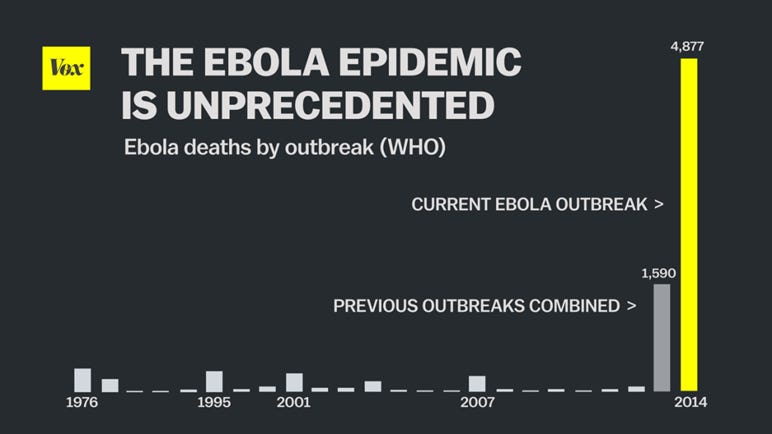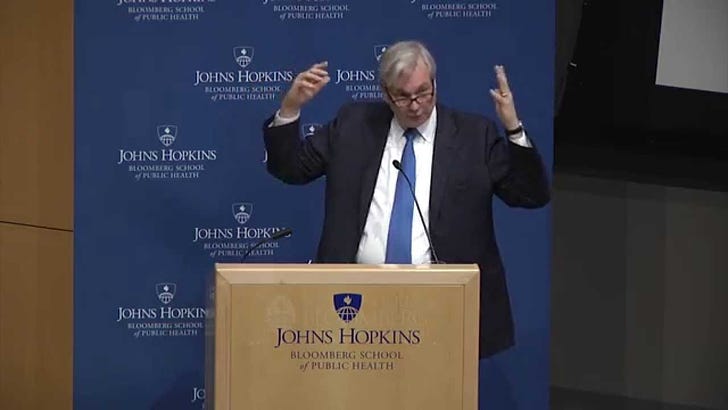Ripley Was Right: Ebola, Science, and the Precautionary Principle
In my previous post on the Ebola outbreak, I focused on how the treatment of Ebola patients highlights the shortcomings of private healthcare in the US, and the need for a comprehensive public system. I also mentioned that American media coverage has been limited, as we might expect, to a spectrum running from Republican/Fox fear-mongering to Democratic/MSNBC ass-covering. I avoided, and had formed no opinion about, the question of how dangerous this strain of Ebola is, or of any question about what preventive measures are called for.
Since that post, the subsequent brouhahas about who should and shouldn’t be quarantined have only exacerbated the ridiculous media paradigm in which what’s really at stake in Ebola is Obama’s presidential reputation or Chris Christie’s presidential prospects or which party will win the mid-term elections. At the same time, a lot of evidence has become available regarding the lethality and transmissibility of the Ebola strain we are dealing with. In this post, I want to look at some of that evidence, teasing out the issues of scientific knowledge and ethico-political authority that are raised by the Ebola crisis, and which are confused by the impulse to read them through the lens of American liberal/conservative categories, with which they have nothing to do.
Superbug
How lethal and how transmissible is the current (Zaire) strain of the Ebola virus?
Here’s a two-minute clip of Dr. Michael Osterholm, head of the Center for Infectious Disease Research and Policy at the University of Minnesota, speaking at Johns Hopkins:
(2 minutes)
And here’s Peter Jahrling, chief scientist at the National Institute of Allergy and Infectious Diseases, who’s been studying hemorrhagic fevers for 25 years, and helped discover the Reston strain of Ebola, in an interview with Vox:
We are using tests now that [we] weren't using in the past, but there seems to be a belief that the virus load is higher in these patients [today] than what we have seen before. If true, that's a very different bug. …
JB (Vox): A higher viral load means this Ebola virus can spread faster and further?
PJ: Yes. I have a field team in Monrovia. They are running [tests]. They are telling me that viral loads are coming up very quickly and really high, higher than they are used to seeing.
As Vox points out (using statistics that have already been surpassed), the current Ebola outbreak is “remarkable” because “the virus has spread to six countries in Africa plus America, and has already infected more than 13,000 people. It has killed nearly 5,000 people. That is more than six times the sum total of all previous outbreaks combined.” It has a 50-70% mortality rate.
In short, unprecedented lethality:



